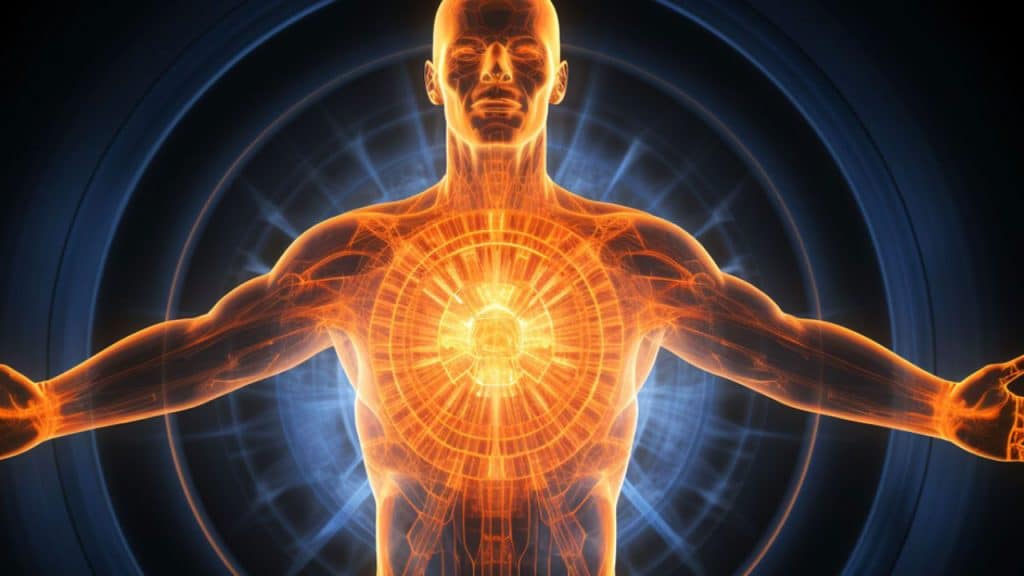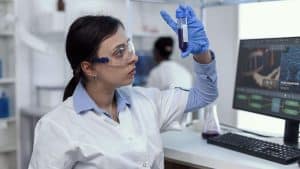MRIs are already one of the most important diagnostic tools available. They allow us to look deep inside the body and spot all sorts of medical problems. Now they’re being paired with one of the newest diagnostic tools, one that’s still very much in its early stages. Could artificial intelligence (AI) be used to make MRIs even more effective?
Magnetic Resonance Imaging, or MRI for short, is a technique that uses magnetic fields and radio waves to create a picture of your anatomy, particularly soft tissues like the abdomen or brain. It can be used in the diagnosis of some cancers, heart and artery problems, dementia, epilepsy, liver issues, joint diseases and a range of other conditions.
Twinn Health is a British company that uses AI to improve health outcomes. It recently announced its newest innovation, employing an AI algorithm to analyze the results of an MRI scan. By detecting certain biomarkers that may not immediately be obvious to clinicians, the AI might be able to identify the early signs of disease long before they are readily apparent.
When a doctor conducts an MRI, they normally have a general idea of what they want to image. If the person has the symptoms of kidney stones, they’ll focus on the kidneys. AI can explore everything at once, looking at the size, shape and texture of each organ down to the cells.
For now, the main focus of this AI/MRI combo is metabolic disease, the combination of obesity, diabetes and high blood pressure that presents a major risk factor for life-threatening health events such as heart attacks and strokes. One early warning sign of metabolic disease is the buildup of fat around the organs, but these fatty deposits can be hard to spot. Twinn Health’s AI can detect them through MRI imaging. Results so far suggest they can predict metabolic disease around five years before it is visible with other methods. The initial proof of concept had a 95% accuracy rate.
Now, Twinn Health is working with the UK’s NHS to try to roll out this technology, with FDA approval also pending. There’s also hope that it can be expanded beyond metabolic disease, with plans for the early detection of conditions ranging from liver disease to sarcopenia (the general frailty associated with aging). The main question is if the company can secure more funding.




